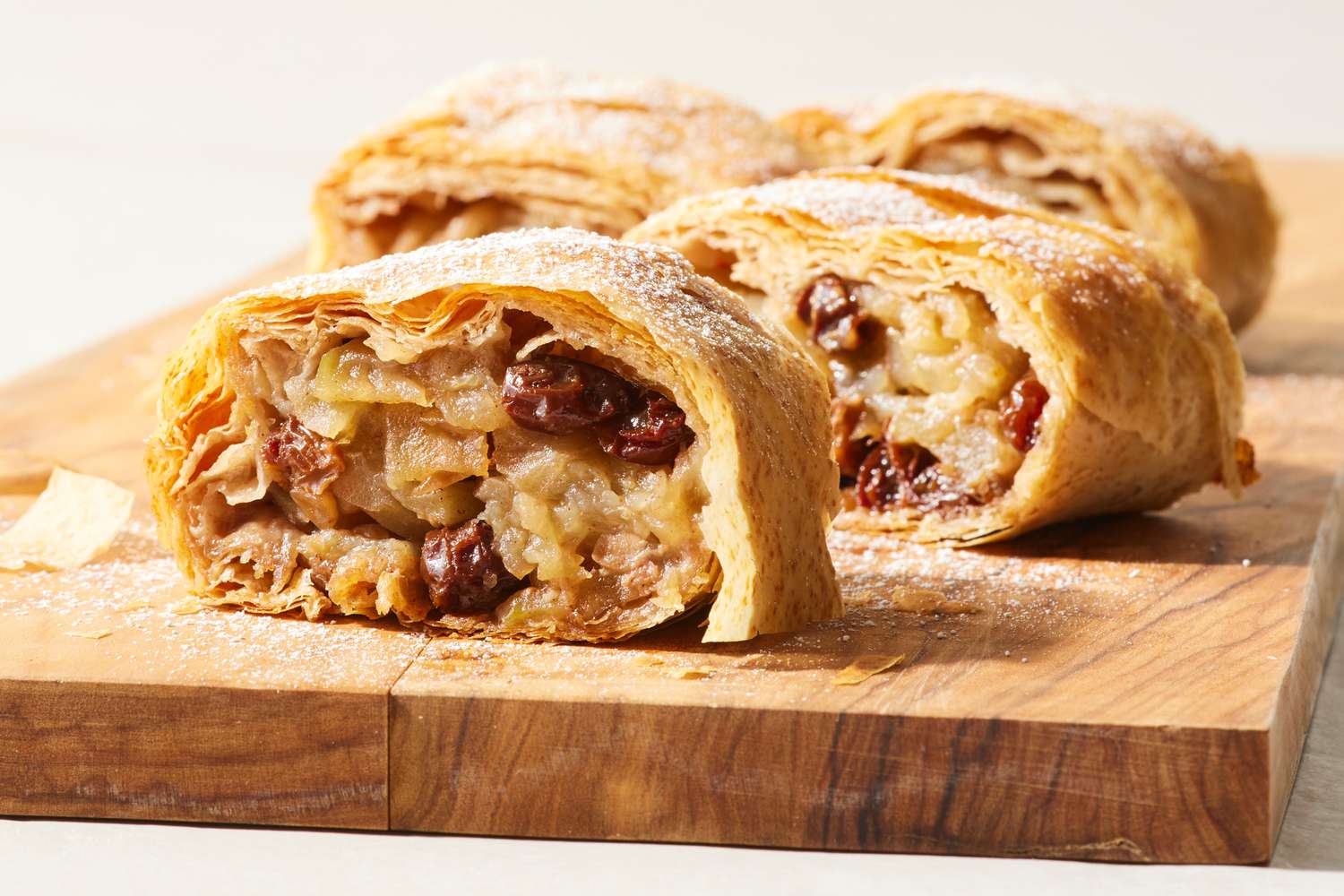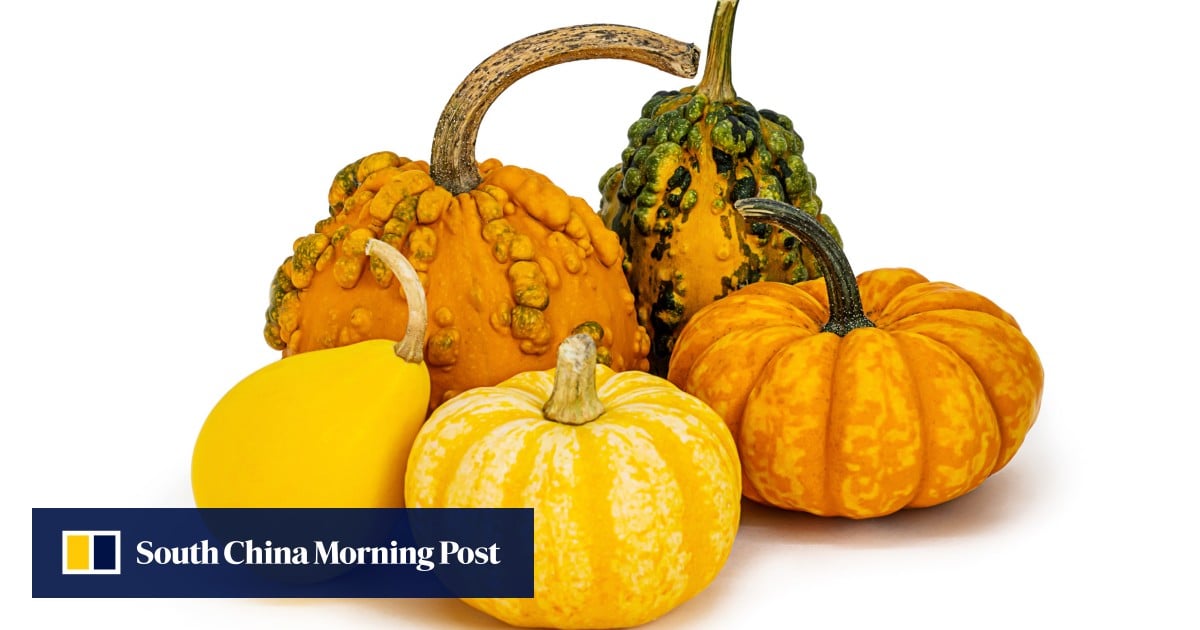Every family has a culinary staple that carries a sentimental value to them. For our family, the traditional Austrian pastry, apfelstrudel, is at the heart of every exciting and small event. Apfelstrudel is a dessert filled with juicy apples, raisins, and roasted walnuts. Many bakeries and cafes proudly display it as one of their top delicacies.
The uniqueness of apfelstrudel lies in its consumption. It is enjoyed by the slice, either warm, at room temperature, or even cold. The flavors become even more delightful if it’s served with vanilla sauce, a scoop of ice cream, or a dollop of whipped cream. Each bite brings an explosion of sweet baked fruit and crumbles of flaky pastry in the mouth. For our family, a visit to Austria feels incomplete without indulging in this delicacy during the midafternoon snack hour.
Interestingly, my mother, who is originally from Austria, has spent her childhood days relishing this dessert. It’s a tradition in their family where grandmother, mother, and aunts would take turns to prepare it using the apples plucked fresh from their backyard tree. On the other hand, my father, an Iranian, was introduced to apfelstrudel during his college days in Austria and fell in love with it.
A new chapter unfolded in our love for apfelstrudel when we moved to the United States. With the local bakeries filled with muffins, cookies, and layer cakes, it was hard to spot our favorite dessert. But I came to rescue! I experimented with baking from a very young age and eventually managed to recreate the authentic taste of the Austrian apfelstrudel right at our home.
But my passion for baking soon met a new companion – nutrition! I yearned to combine the two and create a healthier version of apfelstrudel without compromising on its taste. The original ingredients – apples, golden raisins, and walnuts – were already a powerhouse of health. Based on the type of apples and nuts available, one can easily experiment with the recipe. I found almonds or walnuts adding a healthy dose of unsaturated fat, fiber, and protein to the recipe.
My main swap in the apfelstrudel recipe was replacing the refined-flour pastry dough with whole-wheat flour, improving the fiber intake. In an attempt to reduce saturated fat, I turned my back on butter and switched to heart-healthier options like canola or avocado oil, and to my surprise, they worked equally well!
Let’s dive into the detailed recipe. Here are the ingredients: two cups of sliced peeled granny smith apples, ¼ cup of chopped walnuts (toasted), ¼ cup of raisins (soaked in hot water for 10 minutes then drained), 3 tablespoons of dark brown sugar, 1 tablespoon of lemon juice, ½ teaspoon of ground cinnamon, pinch of salt, 6 sheets of phyllo dough (preferably whole-wheat, thawed), 3 tablespoons of avocado oil, and optional confectioners’ sugar for dusting.
Instructions: Preheat your oven to 350°F and line a baking sheet with parchment paper. In a large bowl, mix apples, toasted walnuts, soaked raisins, brown sugar, lemon juice, cinnamon, and a pinch of salt. Lay out a sheet of the thawed phyllo on the prepared pan, brush with some oil, and repeat with the remaining five sheets. Spoon the apple mixture along the long side of the dough, leaving a 2-inch border. Fold in the short sides and roll up into a log. Place it seam-side down on the prepared pan, brush with the remaining oil. Bake until the phyllo is golden brown, approximately for 30 to 35 minutes. Allow the strudel to cool slightly and serve warm.
Have a bite of this dessert, and you’ll experience the timeless flavors that Austria holds in its heart. This versatile and flavorful dessert, passed down through generations, is sure to make your next celebration special. Enjoy!
P.S.: A serving size of this dessert (1 slice) contains 179 Calories, 8g Fat (1g Saturated Fat), 0mg Cholesterol, 25g Carbohydrates (11g Total Sugars, 5g Added Sugars), 2g Protein, 2g Fiber, 94mg Sodium, and 98mg Potassium. Do keep these facts in mind!



